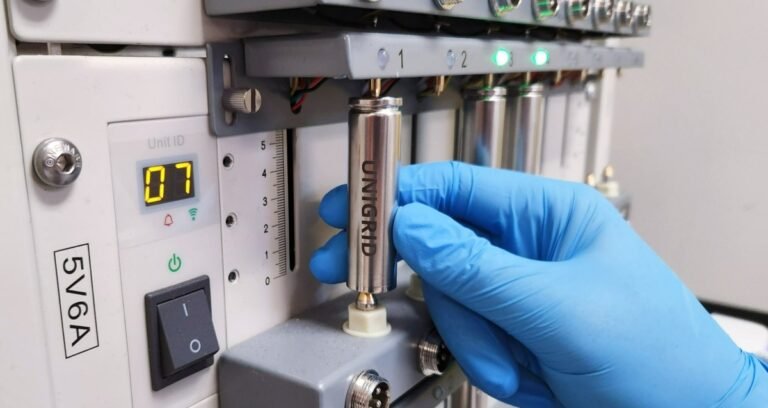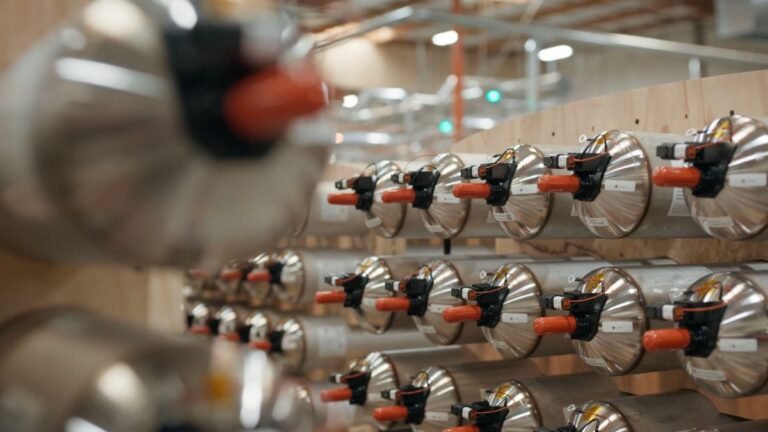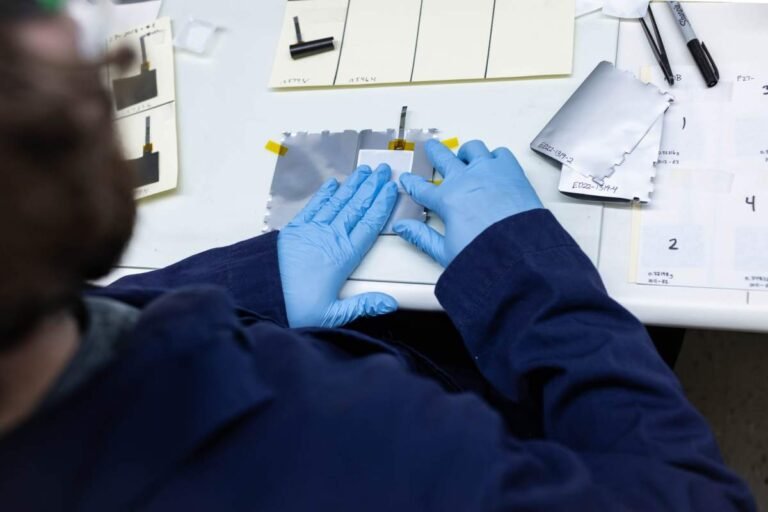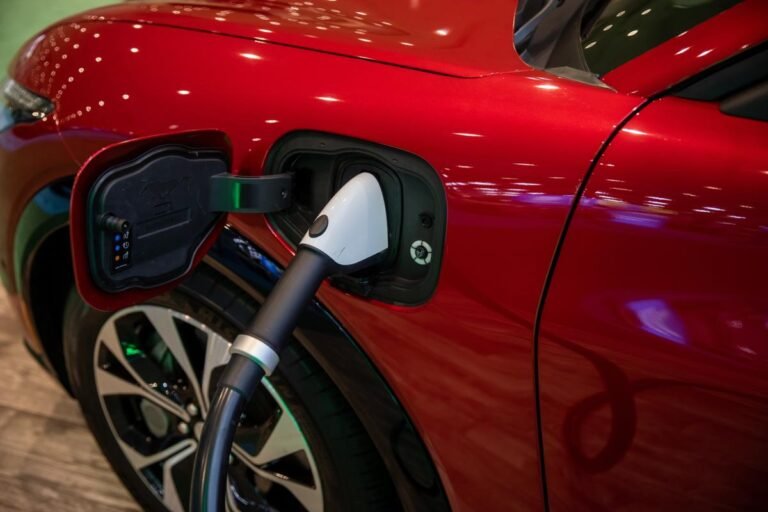
The most widespread type of battery, lithium-ion, still costs around $140 per kilowatt-hour for a pack.
Instead, manufacturers have started to explore sodium-ion batteries, not as a replacement, but as a complement to lithium-ion.
To deliver that many batteries, Unigrid isn’t going to be building its own factories.
Small vehicles like these are popular in India and Southeast Asia, where the intense heat can make lithium-ion batteries prone to overheating.
To get its sodium-ion batteries into production, Unigrid has raised a $12 million Series A.

EnerVenue, a startup that has developed an alternative to lithium-ion batteries for long-duration renewable energy storage, is raising $515 million in fresh equity, per an SEC filing seen by TechCrunch.
The company is in the process of building a gigawatt-scale factory in Kentucky to produce its nickel-hydrogen batteries, an endeavor that’s estimated to cost $264 million.
So far, EnerVenue has raised $308 million of the $515 million target, the filing says.
Nickel-hydrogen batteries aren’t as energy dense as lithium-ion, meaning they won’t be competing for space in electric vehicles quite yet.
The next challenge will be completing the factory, scaling production and sending its novel batteries out into the world.

Alsym wants to ‘light up homes for a billion people’ with its new batteryLithium-ion batteries have transformed the global economy, making possible everything from smartphones and laptops to electric vehicles, e-bikes, and more.
With the advent of cheap solar, making electricity has never been cheaper or easier.
The electrolyte is water-based, a departure from the flammable organic solvents used in lithium-ion batteries.
Alsym also says its batteries will be cheaper than lithium-ion, thanks to the less exotic materials and simpler packs.
Ultimately, it will partner with existing battery manufacturers, since Alsym’s batteries can be produced using existing equipment.

Coreshell, a battery materials startup, revealed a breakthrough this week that could lower the cost of lithium-ion batteries.
Forecasts for cheaper EVs are counting on a steady stream of technological improvements, including better battery materials.
Coreshell’s first product will be a silicon anode paired with a lithium-iron-phosphate (LFP) cathode.
Coreshell predicts that its silicon anodes might even give LFP an edge over traditional NMC cells with graphite anodes.
Granted, their silicon anode materials will cost more, but they’ll have the benefit of scale and experience to help bring costs down.

Tesla’s once-leading solar business is in decline, according to the latest figures from its fourth-quarter 2023 earnings report.
It was a bad year for Tesla solar — its worst since 2020.
In Q4 2023, Tesla’s solar deployments dropped 59% year-over-year to 41 MW — down from 100 MW in Q4 2022.
Next to solar, Tesla’s energy generation and storage business is booming (surprise, surprise).
The scale of Tesla’s residential solar business isn’t what it once was.

Tesla’s once-leading solar business is in decline, according to the latest figures from its fourth-quarter 2023 earnings report.
It was a bad year for Tesla solar — its worst since 2020.
In Q4 2023, Tesla’s solar deployments dropped 59% year-over-year to 41 MW — down from 100 MW in Q4 2022.
Next to solar, Tesla’s energy generation and storage business is booming (surprise, surprise).
The scale of Tesla’s residential solar business isn’t what it once was.

Tesla’s once-leading solar business is in decline, according to the latest figures from its fourth-quarter 2023 earnings report.
It was a bad year for Tesla solar — its worst since 2020.
In Q4 2023, Tesla’s solar deployments dropped 59% year-over-year to 41 MW — down from 100 MW in Q4 2022.
Next to solar, Tesla’s energy generation and storage business is booming (surprise, surprise).
The scale of Tesla’s residential solar business isn’t what it once was.

Tesla’s once-leading solar business is in decline, according to the latest figures from its fourth-quarter 2023 earnings report.
It was a bad year for Tesla solar — its worst since 2020.
In Q4 2023, Tesla’s solar deployments dropped 59% year-over-year to 41 MW — down from 100 MW in Q4 2022.
Next to solar, Tesla’s energy generation and storage business is booming (surprise, surprise).
The scale of Tesla’s residential solar business isn’t what it once was.

Tesla’s once-leading solar business is in decline, according to the latest figures from its fourth-quarter 2023 earnings report.
It was a bad year for Tesla solar — its worst since 2020.
In Q4 2023, Tesla’s solar deployments dropped 59% year-over-year to 41 MW — down from 100 MW in Q4 2022.
Next to solar, Tesla’s energy generation and storage business is booming (surprise, surprise).
The scale of Tesla’s residential solar business isn’t what it once was.

Tesla’s once-leading solar business is in decline, according to the latest figures from its fourth-quarter 2023 earnings report.
It was a bad year for Tesla solar — its worst since 2020.
In Q4 2023, Tesla’s solar deployments dropped 59% year-over-year to 41 MW — down from 100 MW in Q4 2022.
Next to solar, Tesla’s energy generation and storage business is booming (surprise, surprise).
The scale of Tesla’s residential solar business isn’t what it once was.













